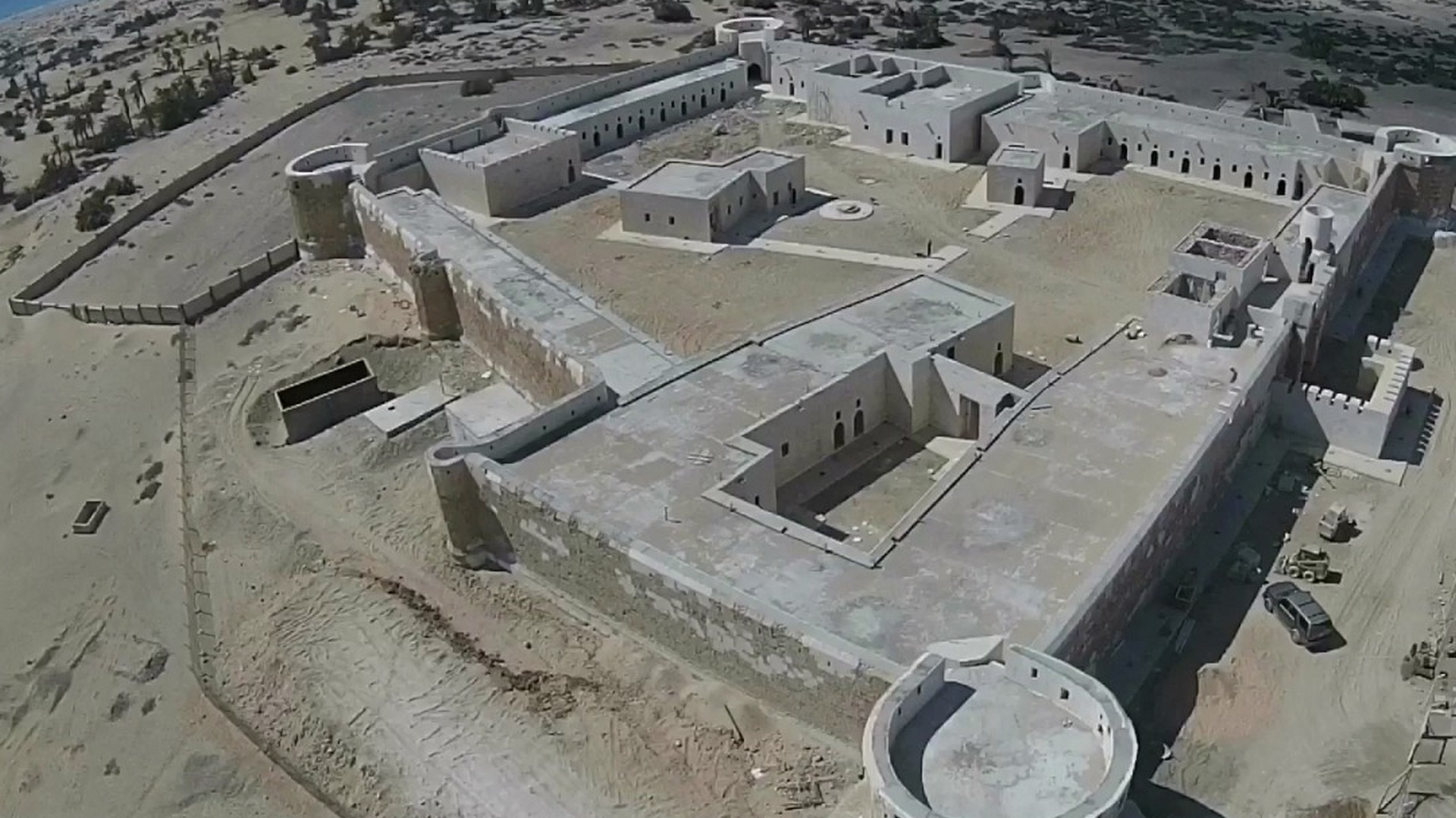Description
Property Name : Al Mawaleh Fort
Inventory No: –
Date of infill of the inventory form: 2020
Country (State party): Saudi Arabia
Province: Tabuk
Town: Al Muwaileh
Geographic coordinates: 27°40’55.36″N 35°28’33.70″E
Historic Period: 16th Century
Year of Construction: 1560
Style: Red Coast
Original Use: Castle
Current Use: Archaeological Site
Architect: Unknown
Significance
Al-Muwailih is located 40 km to the north of the city of Duba, which is an ancient oasis known in the first Hijri centuries as al-Nabek, and it was one of the houses of the Egyptian coastal pilgrimage road, and was considered by the Andalusian geographer at the beginning of the fifth century AH from the marinas of the navigational road between Jeddah and Qilzam. Then the place became famous Starting from the Mamluk era, with the name of Muwailih, the reduction of Malih as a hundred. During that era, two meadows were created that were ordered to be dug by the King of the Jokandars in the era of Sultan Muhammad bin Qalawun, then Sultan Qansuh al-Ghuri repaired them, and they are located today in the northern part of the oasis. During the Ottoman era, a large castle was built in Muwailih during the reign of Sultan Suleiman the Magnificent, and four new wells were dug in it: one in the courtyard of the castle, and three in the valley. These wells are still remaining on the site, and in one of them there is a foundation stone indicating that it was built at the expense of the Egyptian prince of Hajj Othman bin Azadmur Pasha in the year 967 AH, and Al-Muwailih Castle is the largest castle on the path of the Egyptian Hajj route, and it was built in 968 AH / 1560 AD, and it has an irregularly shaped hometown. The length of its northern side is 109 m, the southern side is 81.70 m, the eastern side is 107.60 m, and the western side is 107.90 m. Its entrance is located in the middle of its northern side, and leads to a large courtyard, in the middle of which is a mosque, beside a well. Many rooms surround the courtyard on all sides, some of which used stores for pilgrims’ sustenance and their deposits, and others used to house the soldiers and employees and the castle’s commander and agent.
Selection Criteria
ii. to exhibit an important interchange of human values, over a span of time or within a cultural area of the world, on developments in architecture or technology, monumental arts, town-planning or landscape design
iii. to bear a unique or at least exceptional testimony to a cultural tradition or to a civilization which is living or which has disappeared
State of Preservation
Al Mawaleh Fort has been restored three times: in 1185 AH (1771 AD) by Sharif Mustafa bin Muhammad Al Mawaleh; again in 1236 AH (1820 AD) by the Khidawi government; and finally in 1281 AH (1864 AD) during the time of
Khedive Ismail.
References
Commission of Tourism and Heritage


